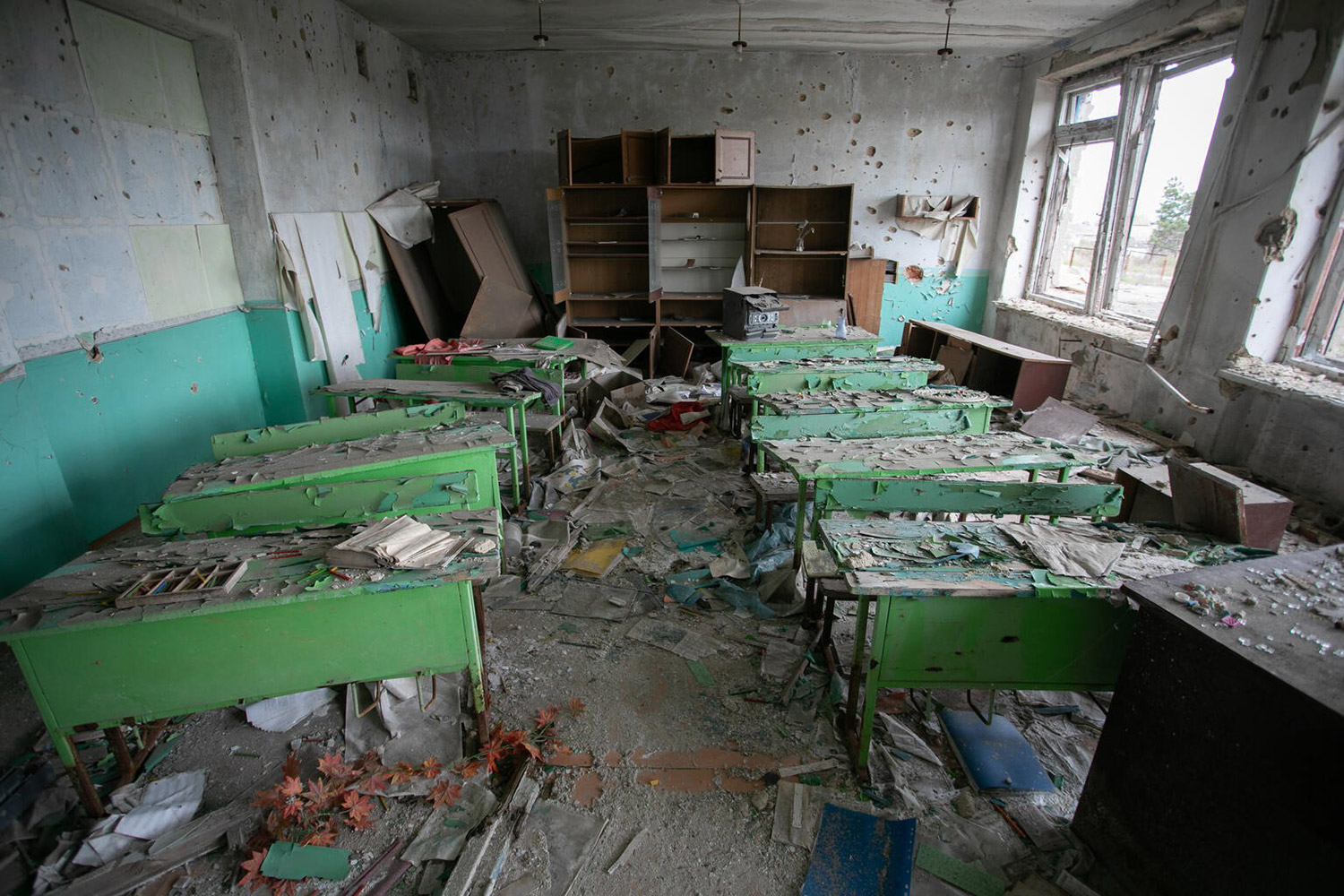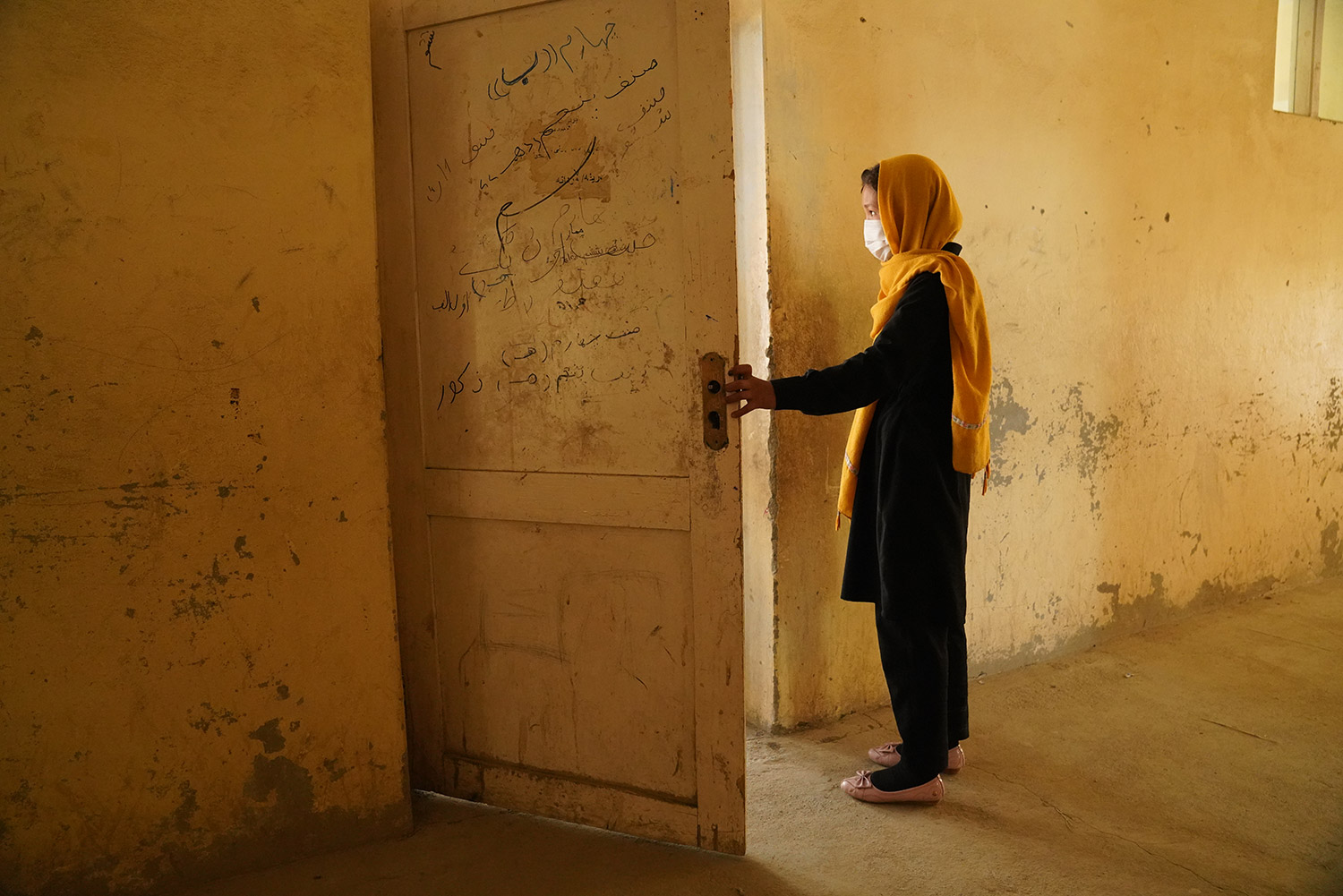Over 320 attacks on higher education students, professors, and personnel or higher education facilities were reported in 2020 and 2021. Over 580 university students or personnel were injured, abducted, or killed in attacks, and another 1,450 were detained, arrested, or convicted. Approximately one-fourth of attacks were on higher education facilities.
In India, police detained more than 100 academics and higher education personnel peacefully protesting for payment of overdue salaries at Delhi University, in New Delhi, on September 5, 2020.[*]
Scholars at Risk Network, Academic Freedom Monitor, Delhi University, September 05, 2020, (accessed March 8, 2021); Basant Kumar Mohanty, "DU teachers’ association observes ‘Black Teachers’ Day’ to protest delay in grants," The Telegraph, September 6, 2020, (accessed March 9, 2021).
In Yemen, ground-launched explosives reportedly struck near the Taizz University Faculty of Arts, injuring at least four civilians, including students, and killing one civilian, on March 21, 2021. The university stopped classes for a week following the attack.[*]
Al Khabar Post; Yemen Data Project,as cited in ACLED, Event ID YEM63564 (data downloaded July 1, 2021). "Yemen. Dead and wounded in clashes in Hajjah and Marib governorates, and the Houthis bomb Taiz University after tightening the siege east of the city (اليمن.. قتلى وجرحى في مواجهات بمحافظتي حجة ومأرب والحوثيون يقصفون جامعة تعز بعد إحكام الحصار شرقي المدينة)," Al Jazeera, March 21, 2021, (accessed July 6, 2021). "The College of Arts in Taiz announces the suspension of studies for a week after it was targeted by Houthi shells (كلية الآداب في تعز تعلن تعليق الدراسة لمدة أسبوع عقب استهدافها بقذائف حوثية)," Al-Share News, March 22, 2021, (accessed July 6, 2021). Civilian Impact Monitoring Project, as cited in Insecurity Insight, Education in Danger Monthly News Brief, April 2021, (accessed July 6, 2021), p. 4. "The College of Arts in Taiz announces the suspension of studies for a week after it was targeted by Houthi shells (كلية الآداب في تعز تعلن تعليق الدراسة لمدة أسبوع عقب استهدافها بقذائف حوثية)," Al-Share News, March 22, 2021, (accessed July 6, 2021).

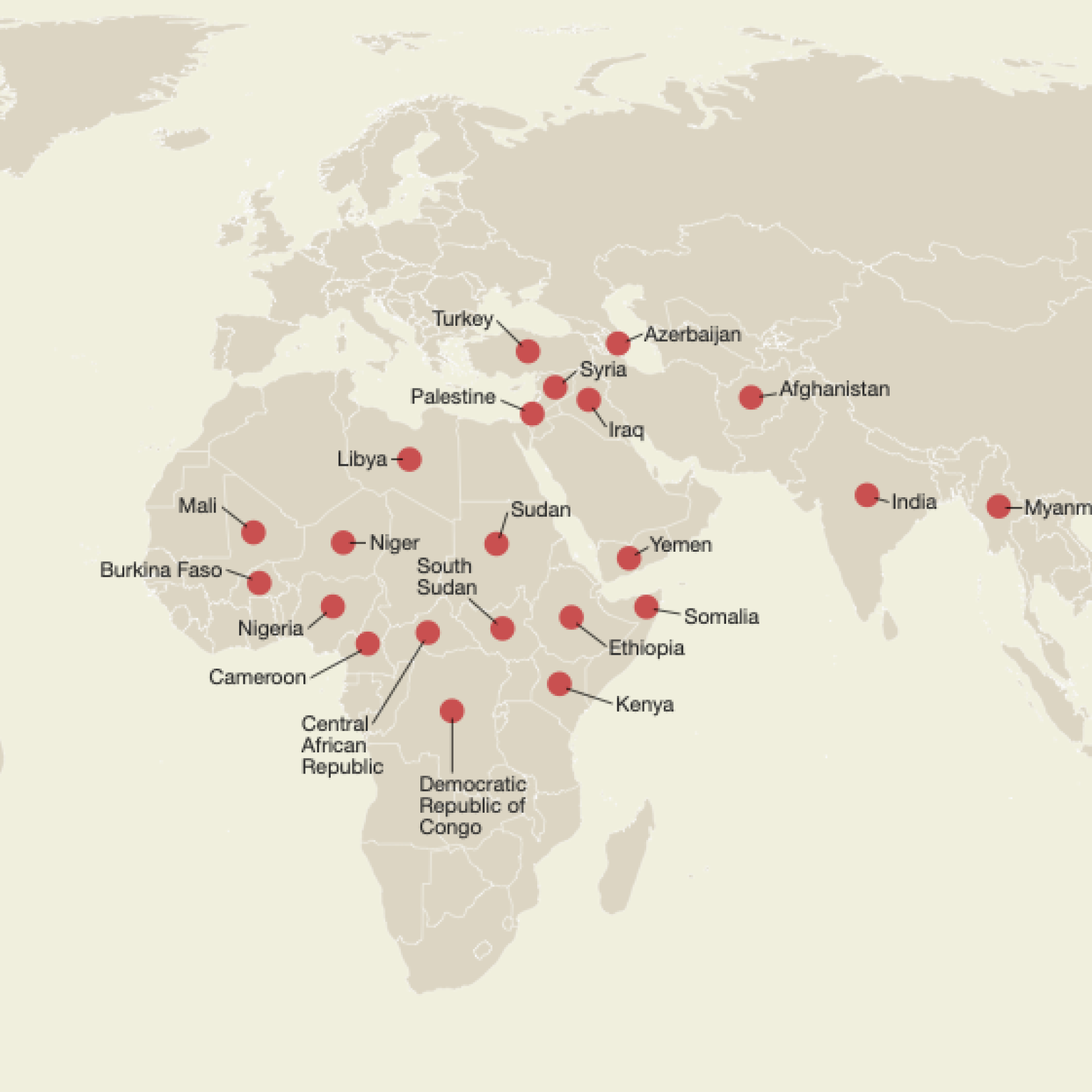
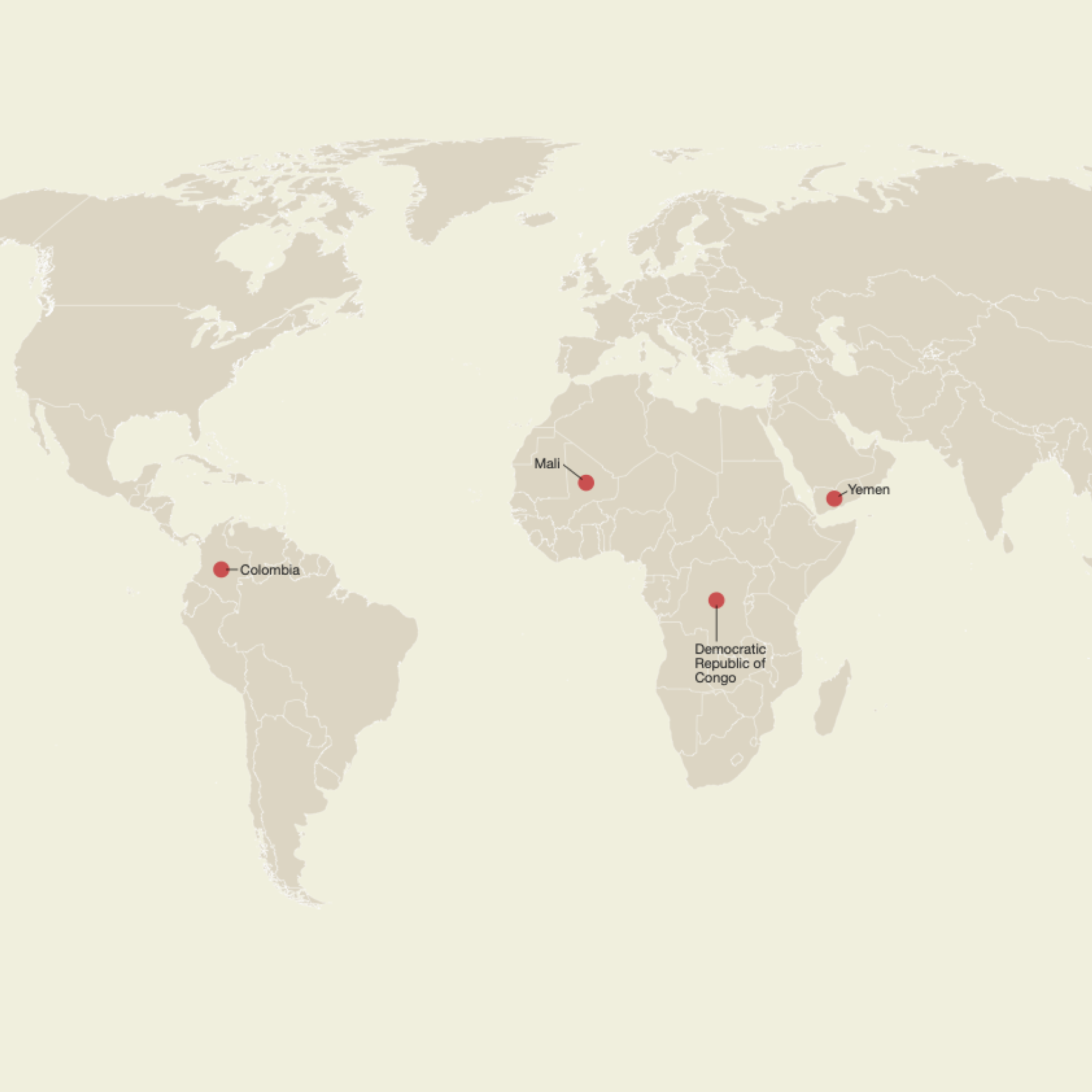
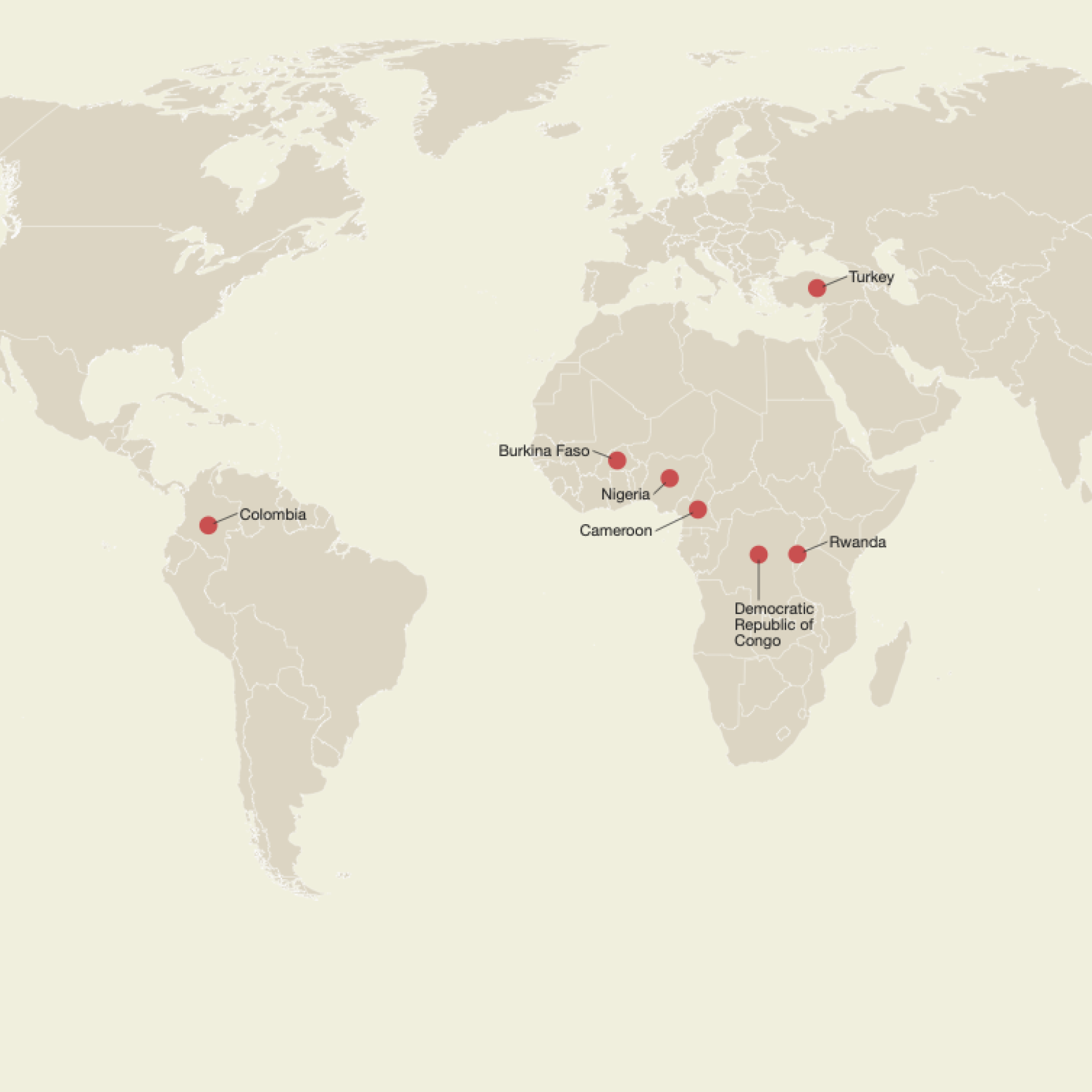
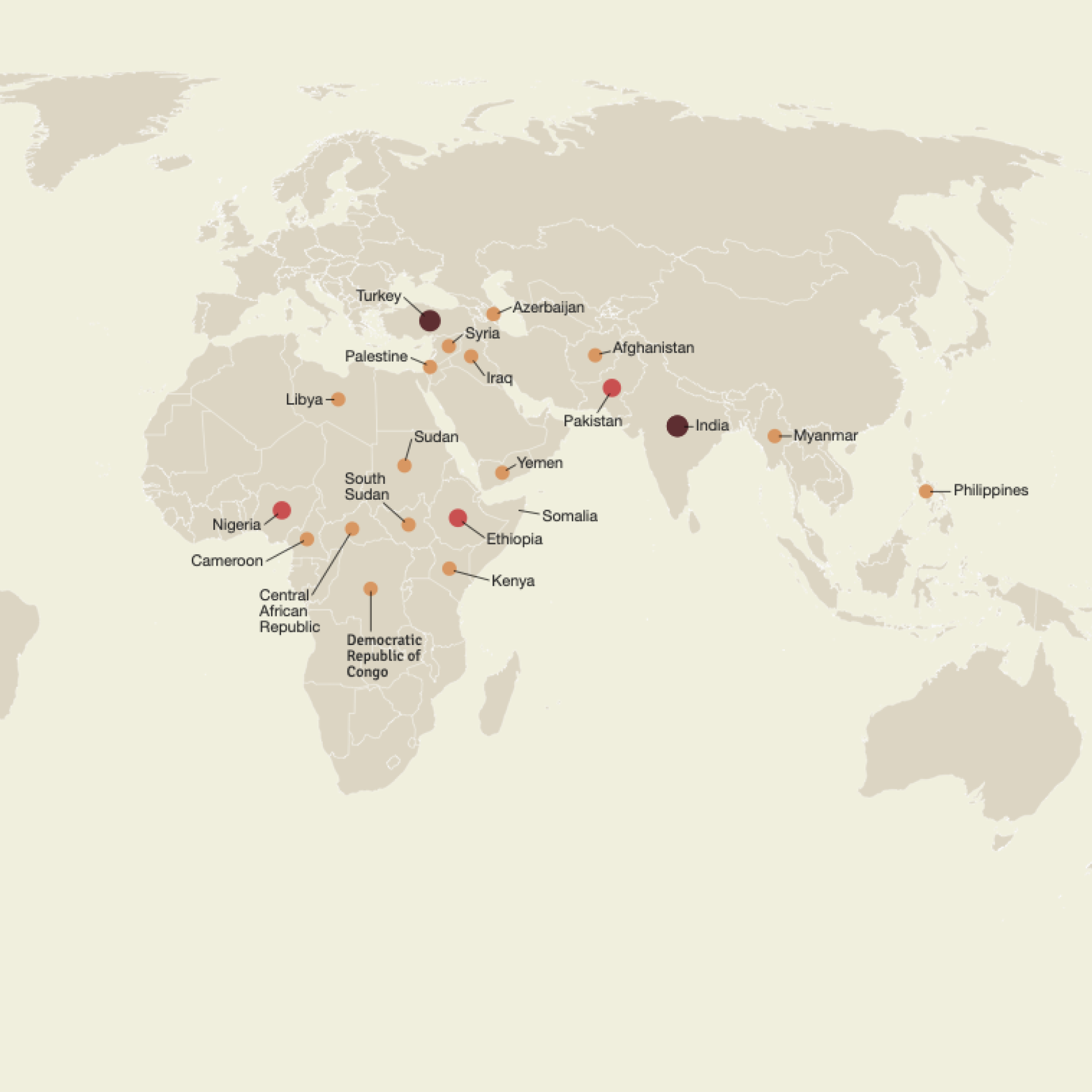
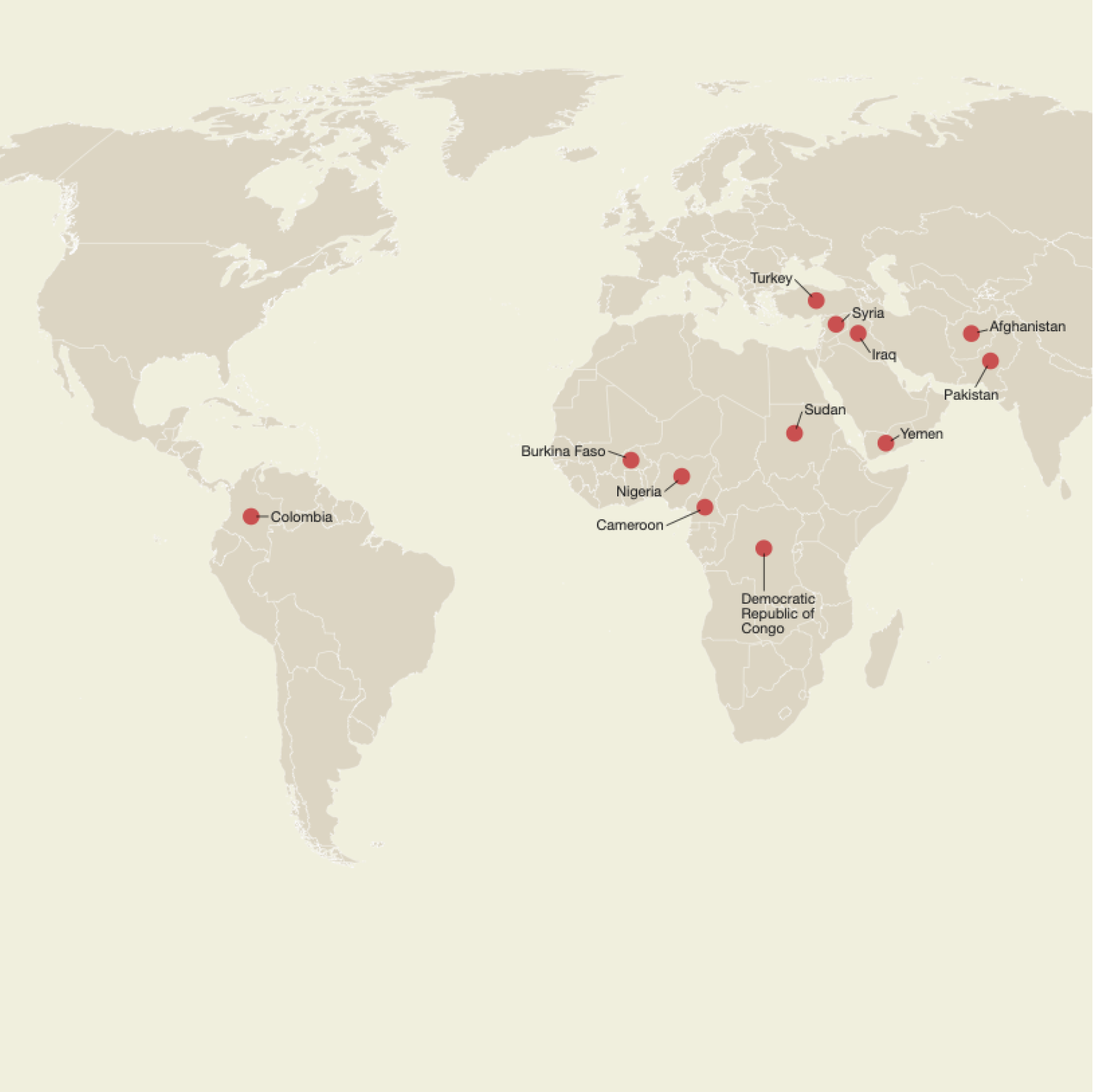
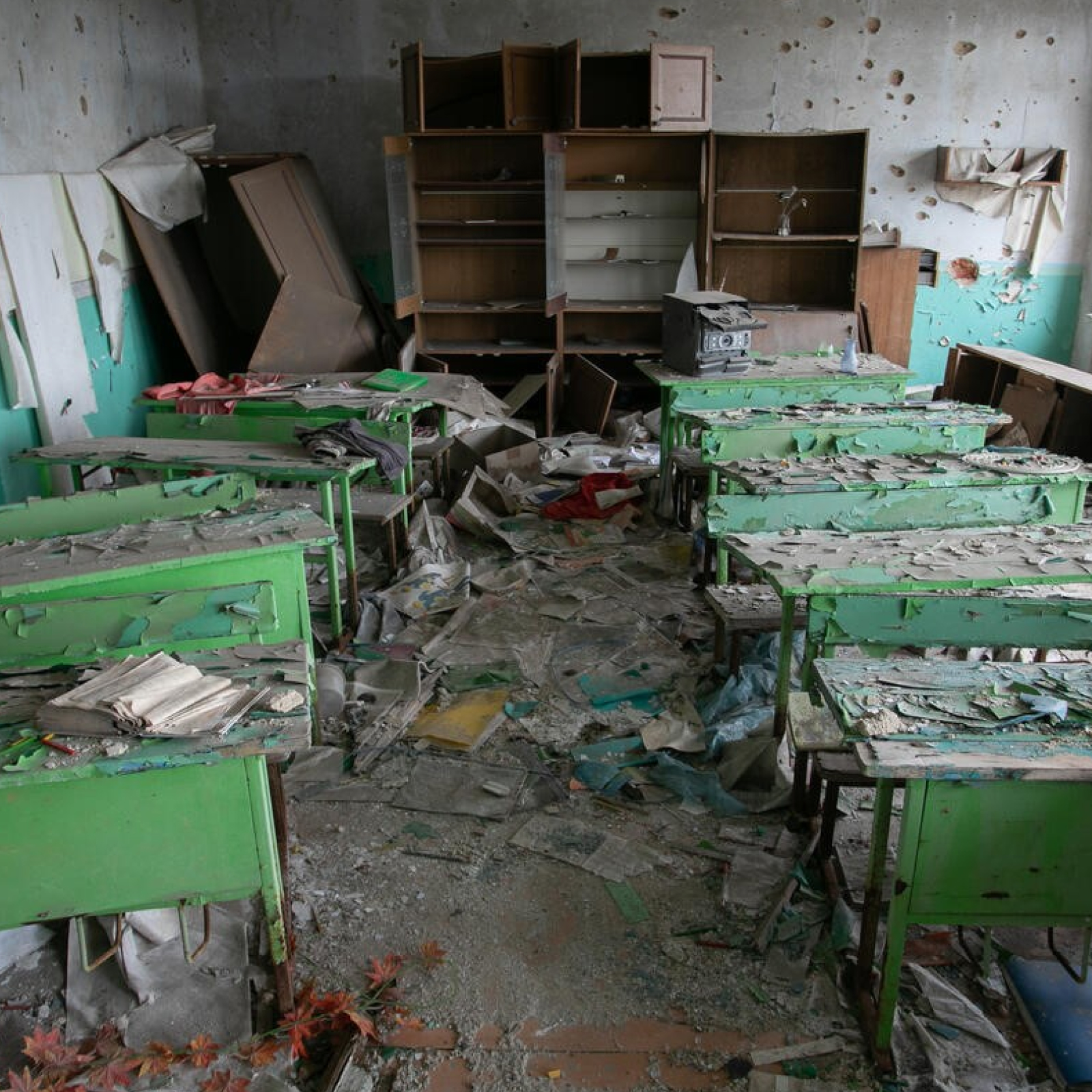
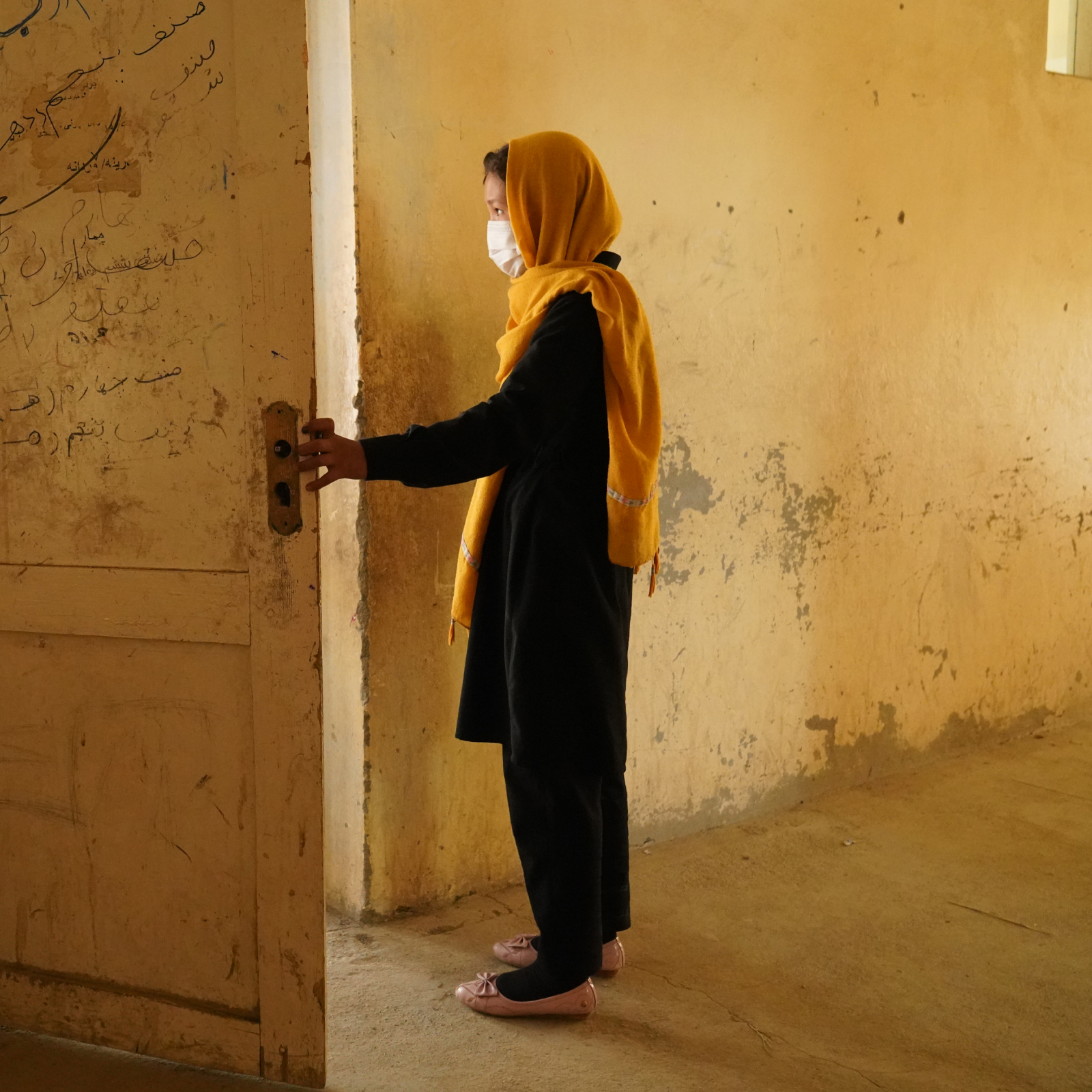

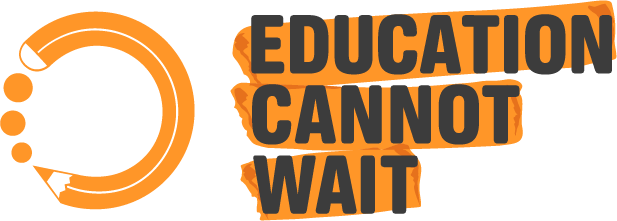
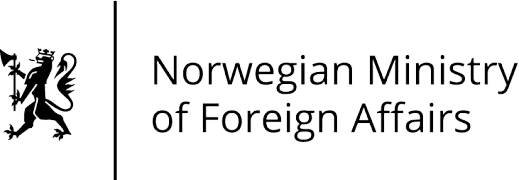

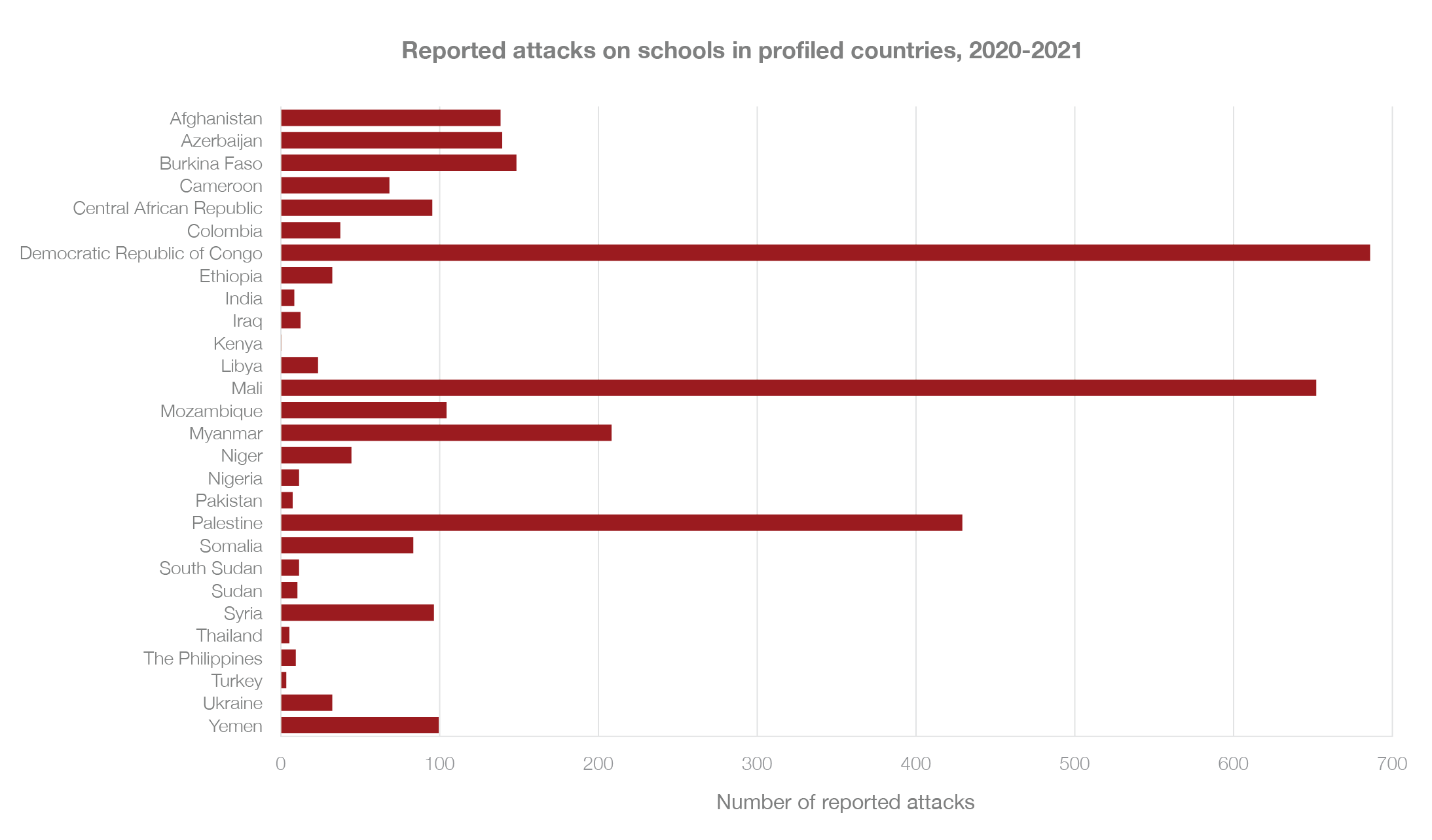
@2x.c521e51b.png)
@2x.b5144811.png)
@2x.06d785ed.png)
@2x.028f0816.png)
@2x.a7095fdc.png)
@2x.89c673d4.png)
